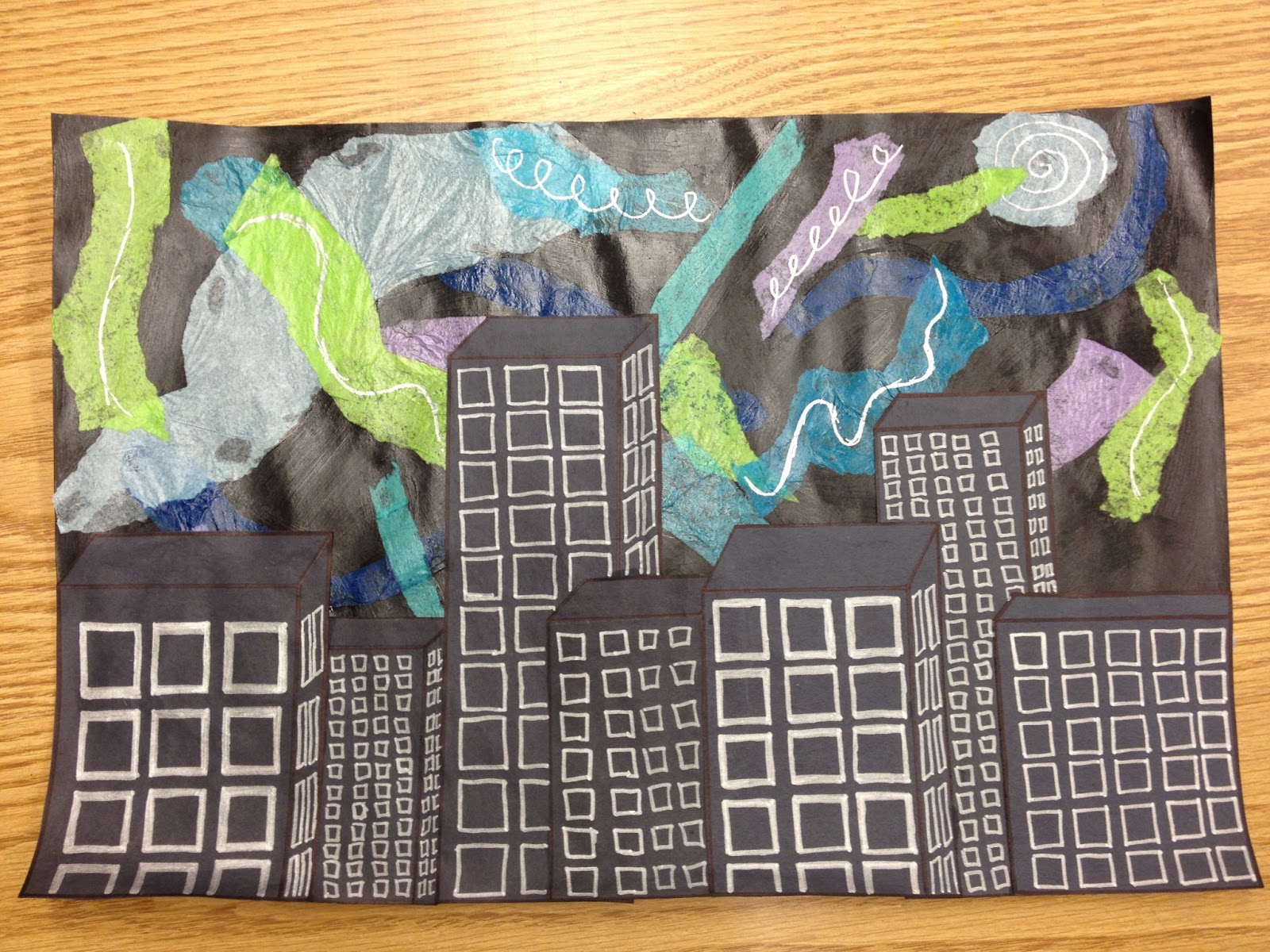The purpose of this project is to introduce pattern, texture, and color to 3rd grade. Students must use at least 2 types of beads. They were also supposed to make a pattern using color; my bracelet was purple, text, purple, etc.
This is a picture of our completed bulletin to celebrate Mother's Day. Students were able to make a heart whatever size they wanted. Then, they wrote the reasons why they love their moms. We taped their bracelets to their hearts and stapled them to the bulletin board.Extension Activity:
A fun extension activity for this project would be to make a necklace and bracelet for their moms. Once they finished that, they would have the option of making another bracelet for their best friend. They would talk to their best friend to find out what colors they would like and vise versa for their bracelet.



















.jpg)

